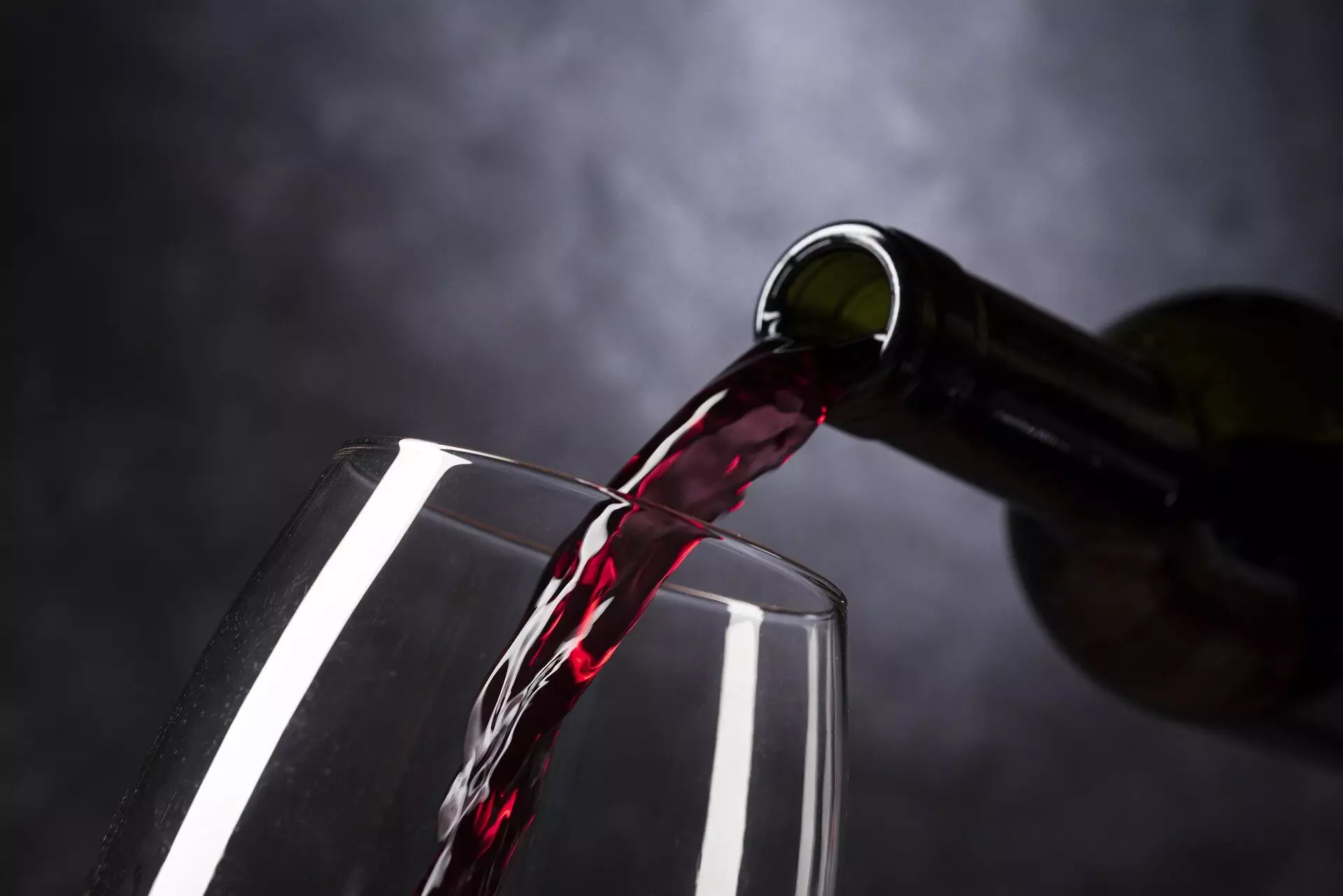The quest to identify the chemical signature of wines and use it to determine their origin has long been a challenge for specialists. However, a recent study conducted by a team from the University of Geneva (UNIGE) and the Institute of Vine and Wine Science at the University of Bordeaux has made significant progress in this area. By utilizing artificial intelligence tools and analyzing existing data, the researchers were able to accurately identify the chemical mark of red wines from seven major estates in the Bordeaux region. The implications of this breakthrough could have a profound impact on combating counterfeiting and guiding decision-making in the wine industry.
Every wine is a complex mixture of thousands of molecules, each contributing to its unique taste and sensory properties. These concentrations vary based on factors such as soil composition, grape variety, and winemaking practices. Even slight variations can significantly impact the overall flavor. This complexity makes it challenging to pinpoint the precise origin of a wine based solely on sensory characteristics. With the rise in counterfeiting, changing consumer habits, and the need for more effective tools, the search for a chemical signature specific to each estate becomes increasingly vital.
In the wine industry, numerous attempts have been made to identify a wine’s chemical signature. However, many of these efforts yielded questionable or inconsistent results due to the complexity of wine blends and the limitations of the methods used. Traditional techniques like gas chromatography, which separates the components of a mixture based on affinity, often fall short when analyzing wines. The sheer number of molecules present in wine leads to an overwhelming number of peaks in chromatograms, making comprehensive analysis difficult.
To overcome these challenges, the UNIGE team collaborated with experts from the Institute of Vine and Wine Science at the University of Bordeaux. By combining chromatograms and artificial intelligence tools, the researchers found a breakthrough solution. Chromatograms from 80 red wines spanning twelve vintages and seven estates in Bordeaux were processed using machine learning algorithms, which identify recurring patterns in data. Instead of focusing on specific peaks and concentrations, this method allowed for the consideration of complete chromatograms, including background noise. The data was then summarized into two-dimensional coordinates, utilizing dimensionality reduction techniques.
Upon analyzing the coordinated data, the researchers observed seven distinct “clouds” of points. Each cloud corresponded to wines from the same estate, grouping together vintages based on their chemical similarities. Interestingly, the wines were even grouped in accordance with the geographical locations of the estates along the banks of the Garonne river. This observation confirmed the existence of distinct chemical signatures for each estate. The researchers also noted that a wine’s chemical identity was not solely defined by a few specific molecules but rather by a broad chemical spectrum.
The findings of this study have significant implications for the wine industry. With the ability to identify the geographical origin of a wine with 100% accuracy, potential applications include combating counterfeiting and preserving the identity of specific terroirs. The development of tools utilizing dimensionality reduction techniques in gas chromatograms could revolutionize decision-making processes in winemaking. By preserving the authenticity and expression of a terroir, winemakers can further enhance their offerings and cater to evolving consumer preferences.
The research conducted by the UNIGE and the Institute of Vine and Wine Science presents a groundbreaking approach to identifying the chemical signature of wines. Leveraging artificial intelligence and gas chromatography, the team succeeded in accurately determining the origin of red wines from seven major estates in Bordeaux. These findings open up new possibilities in combatting counterfeiting and supporting decision-making processes in the wine industry. By understanding the complex chemical composition of wines, winemakers can preserve the unique qualities of their terroirs and enhance the overall wine experience for consumers.


Leave a Reply